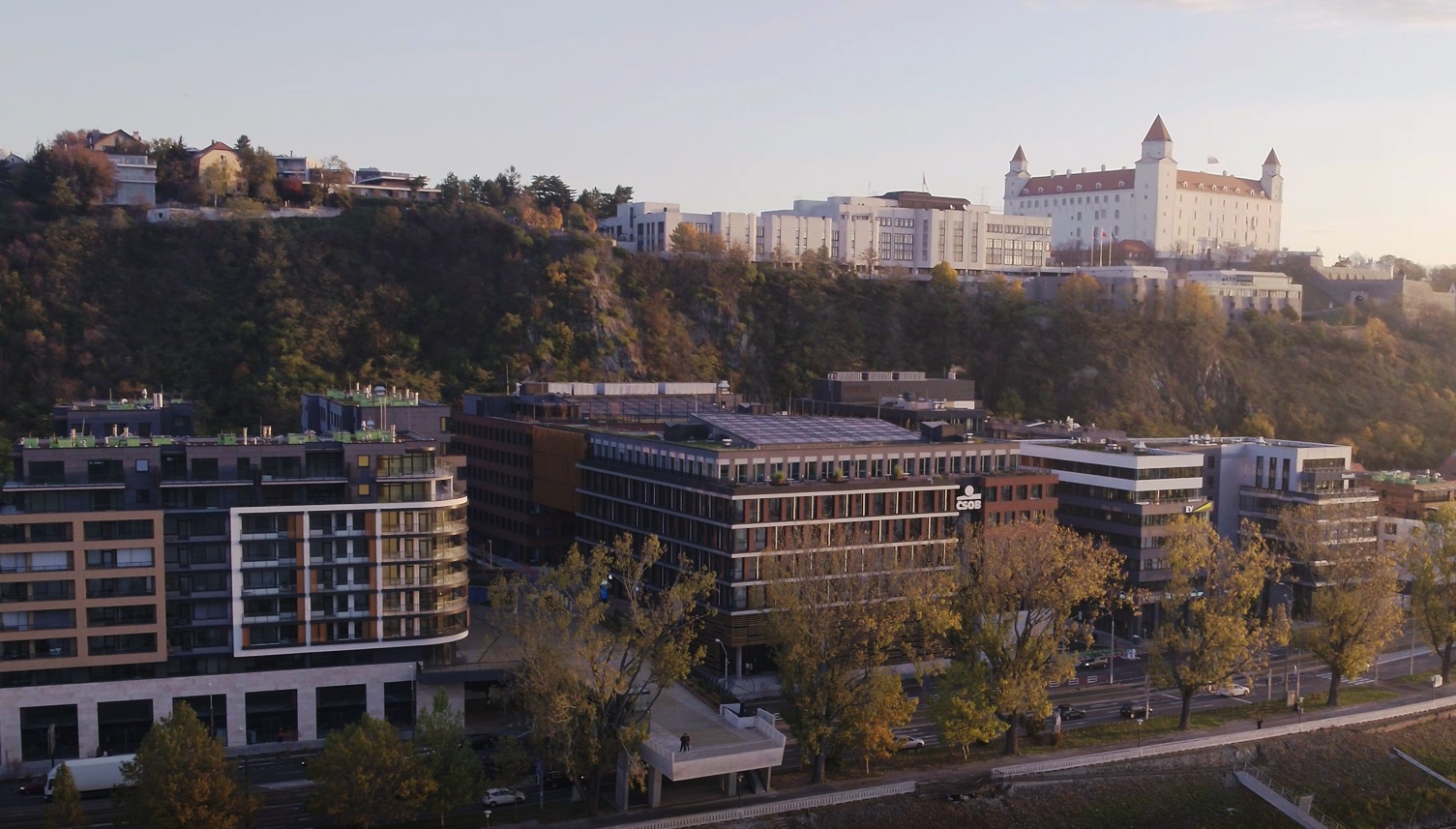The project is supported by a grant from the European Innovation Council, which Sensoneo received in the summer of 2020 for the large-scale deployment of its solution to demonstrate its environmental and economic benefits. The project includes several stages that will be implemented continuosly until April 2022. The city expects savings on waste collection related mileage and emissions as well as the possibility for early intervention in the case of overfilled containers. „For the citizens of Bratislava, this would mean cleaner public spaces and more efficient waste collection services, “ explained Katarína Rajčanová, city spokeswoman.
The project includes:
- Digitalization of 85000 containers Installation of 1753 Sensoneo sensors to monitor all containers for glass waste and underground bins accross the city
- Deployment of 92 Sensoneo WatchDog devices on all waste collection vehicles to automatically digitalize the waste collection process and automatically verify pick-ups
- Dynamic waste collection powered by Sensoneo’s Route Optimization
- Testing of Sensoneo’s prototypes facilitating the introduction of „Pay as you sort“ models and recognizing fill-levels of containers during the pick-up
Digitalization of waste infrastructure is in line with the city’s Strategy for Municipal Waste Management with the aim of transitioning to a circular economy for the years 2021 – 2026. „Our goal is to have exact data on the volume of waste that residents produce. These data would be then be reflected in statistics at the taxpayer level. Each collection container or bag in the city will be tagged and its dumping will be recorded using the waste collection technology,“ said Ivana Maleš, co-author of the city document.
Containers for glass and semi-underground containers present the highest potential for savings – in terms of fuel and mileage as well as in terms of time and emissions. Glass waste is particularly troublesome due to its irregular filling cycle, and Sensoneo’s real-time sensors offer invaluable time savings by identifying when collection is required, thereby eliminating unnecessary pickups, and ensuring that bins will not sit overfilled. To empty the underground bins, there is a need for a vehicle with a hydraulic arm. This means extra costs and, in many cases, an unnecessary burden for traffic congestion as the emptying takes about 6-7 minutes.
This knowledge motivated the city to select 1753 bins to be monitored with Sensoneo sensors. Besides the actual waste production monitoring, the data will be used for the automated optimization of waste collection routes targeting the shortest mileage possible and maximized capacity utilization of the vehicles on return to the depot. The routes will be available to drivers in Sensoneo’s Driver Navigation app, which is designed for specific needs of waste collection vehicles. This approach will also facilitate easy onboarding of new drivers.
The lack of efficiency and transparency are some of the biggest challenges in waste management. The city of Bratislava will deploy Sensoneo’s service-monitoring tool: WatchDog on all vehicles to test the functionality of automatic identification of bins and bags authorized for waste collection, automatic verification of pick-up of each bin and a precise recording of all the routes made. The city’s waste management company OLO will also use Sensoneo’s Fleet Management to manage daily operations related to vehicles and routes. Operators will be given a detailed and complete overview of all the operations made in the field and in the depot including the ability to receive real-time updates on the ongoing routes and locations of the trucks on the map. The tool also includes the Garage Dashboard, Incident reports, and detailed statistics including driving patterns.





